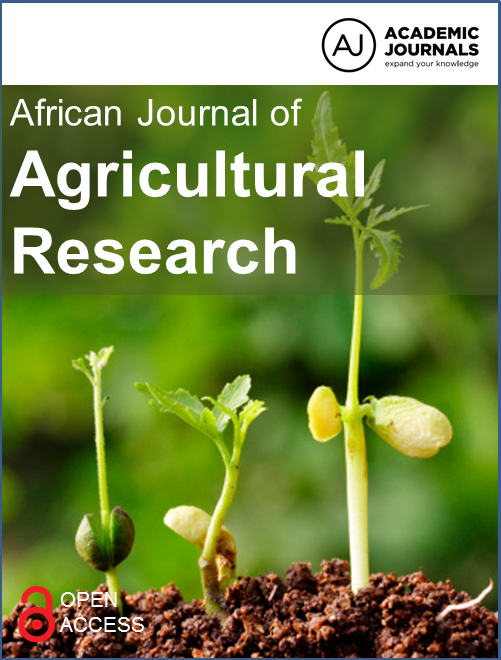Embryo-like structures were induced from ‘whole leaf’ explants of sixteen of the twenty investigated sweet potato cultivars on Murashige and Skoog (1962) medium supplemented with 2,4 Dichlorophenoxyacetic acid (0.2 mg/L) at the Makerere University Agricultural Research Institute Tissue culture laboratory. Shoot and root regeneration was possible in the non-African cultivar, Jonathan, whereas only root regeneration was successfully induced in five African cultivars. Cultivar type had a highly significant (P < 0.001) effect on frequency of embryo-like structures and efficiency of both shoot and root regeneration. The embryo-like structures induced could be useful for initiation of cell suspensions to enable genetic transformation of African cultivars. The method for de novo regeneration of roots has potential application in the regeneration of plants or hairy root cultures for cultivars that are recalcitrant to shoot regeneration.
Embryo-like structures and root regeneration induced by 2, 4-dichlorophenoxyacetic acid in twenty African sweet potato cultivars.
Citation: Sefasi, A.; Ghislain, M.; Kiggundu, R.; Ssemakula, G.; Rukarwa, R.; Mwanga, R.; Kreuze, J.; Mukasa, S. 2017. Embryo-like structures and root regeneration induced by 2, 4-dichlorophenoxyacetic acid in twenty African sweet potato cultivars. African Journal of Agricultural Research. ISSN 1991-637X. 12(14):1190-1195.
2018-05-29
GENETIC RESOURCES, SWEETPOTATO AGRI-FOOD SYSTEMS, SWEETPOTATOES
Africa
journal_article

